Napoléon Bonaparte won the vast majority of his battles, building a large empire that ruled over continental Europe before its final collapse in 1815. He is considered one of the greatest commanders in history, and his wars and campaigns are studied at military schools worldwide. Napoleon's political and cultural legacy has endured as one of the most celebrated and controversial leaders in human history.
Napoléon's final defeat was the Battle of Waterloo in 1815. Even after his death in 1821, the surviving soldiers of Grande Armée revered his historic leadership. Each year on May 5, the anniversary of Napoléon's death, the veterans marched to Paris' Place Vendôme in full uniform to pay respects to their emperor.
These photographs were taken on one of these occasions, possibly in 1858.
All the men — at this time in their 70s and 80s — are wearing the Saint Helena medals, issued in August 1857 to all veterans of the wars of the revolution and the empire. These are the only surviving images of veterans of the Grande Armée and the Guard actually wearing their original uniforms and insignia.

Quartermaster Fabry, 1st Hussars

Sergeant Taria, Grenadiere de la Garde, 1809-1815

Monsieur Vitry, Departmental Guard

Monsieur Dreuse of 2nd Light Horse Lancers of the Guard, c. 1813-14

Grenadier Burg, 24th Regiment of the Guard, 1815

Monsieur Moret, 2nd Regiment, 1814-15

Monsieur Dupont, Fourier for the 1st Hussar

Quartermaster Sergeant Delignon, in the uniform of a Mounted Chasseur of the Guard, 1809-1815

Monsieur Maire, 7th Hussars, c. 1809-15
The identity of the photographer is unknown unfortunately. Some of the images are slightly blurred, which indicates that the men may have found it taxing to remain still for the duration of the exposure, which in the 1850s would have lasted a number of seconds.
This is the type of camera that was likely used back in 1857:
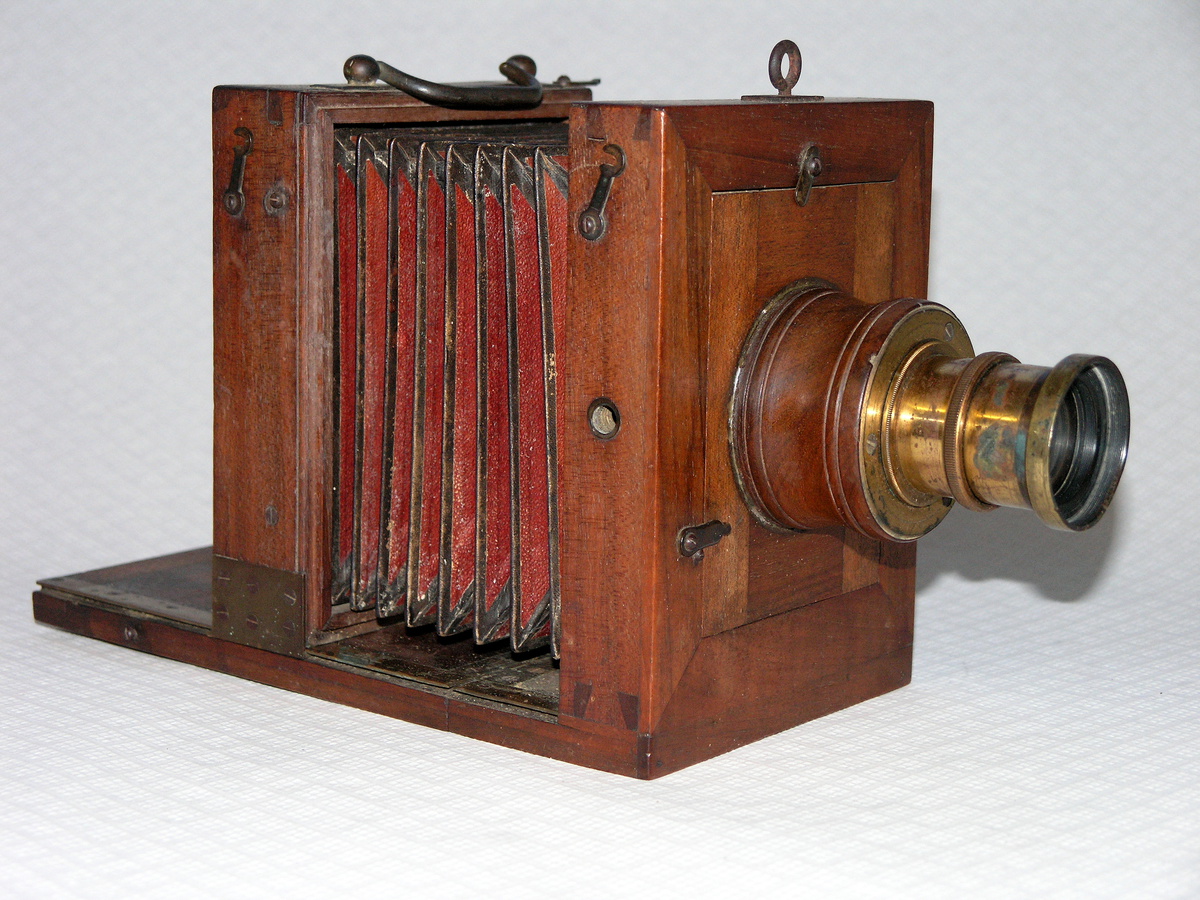

Monsieur Mauban, 8th Dragoon Regiment, 1815

Monsieur Schmit, 2nd Mounted Chasseur Regiment, 1813-14

Monsieur Lefebre, Sergeant 2nd Regiment of Engineers, 1815

Monsieur Loria, 24th Mounted Chasseur, Regiment Chevalier of the Legion of Honor. Monsieur Loria seems to have lost his right eye.
 Monsieur Verlinde of the 2nd Lancers, 1815
Monsieur Verlinde of the 2nd Lancers, 1815
All the men — at this time in their 70s and 80s — are wearing the Saint Helena medals, issued in August 1857 to all veterans of the wars of the revolution and the empire. These are the only surviving images of veterans of the Grande Armée and the Guard actually wearing their original uniforms and insignia.

Quartermaster Fabry, 1st Hussars

Sergeant Taria, Grenadiere de la Garde, 1809-1815

Monsieur Vitry, Departmental Guard

Monsieur Dreuse of 2nd Light Horse Lancers of the Guard, c. 1813-14

Grenadier Burg, 24th Regiment of the Guard, 1815
The Place Vendôme was decked out in garlands of immortelles as the old soldiers of the Empire performed their homage
THE TIMES OF LONDON, MAY 1855

Monsieur Moret, 2nd Regiment, 1814-15

Monsieur Dupont, Fourier for the 1st Hussar

Quartermaster Sergeant Delignon, in the uniform of a Mounted Chasseur of the Guard, 1809-1815

Monsieur Maire, 7th Hussars, c. 1809-15
The identity of the photographer is unknown unfortunately. Some of the images are slightly blurred, which indicates that the men may have found it taxing to remain still for the duration of the exposure, which in the 1850s would have lasted a number of seconds.
This is the type of camera that was likely used back in 1857:

Wet Plate Camera |1850-1860 | Tailboard | 9x12cm

Monsieur Mauban, 8th Dragoon Regiment, 1815

Monsieur Schmit, 2nd Mounted Chasseur Regiment, 1813-14

Monsieur Lefebre, Sergeant 2nd Regiment of Engineers, 1815

Monsieur Loria, 24th Mounted Chasseur, Regiment Chevalier of the Legion of Honor. Monsieur Loria seems to have lost his right eye.
 Monsieur Verlinde of the 2nd Lancers, 1815
Monsieur Verlinde of the 2nd Lancers, 1815
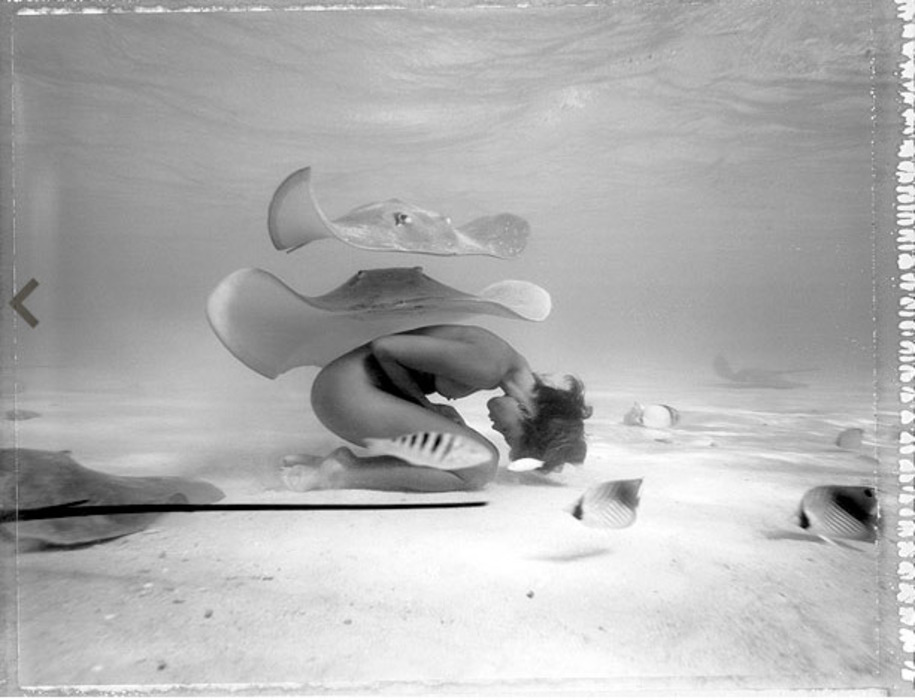


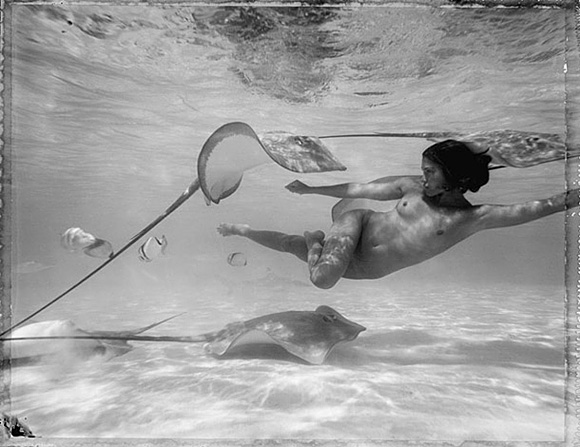



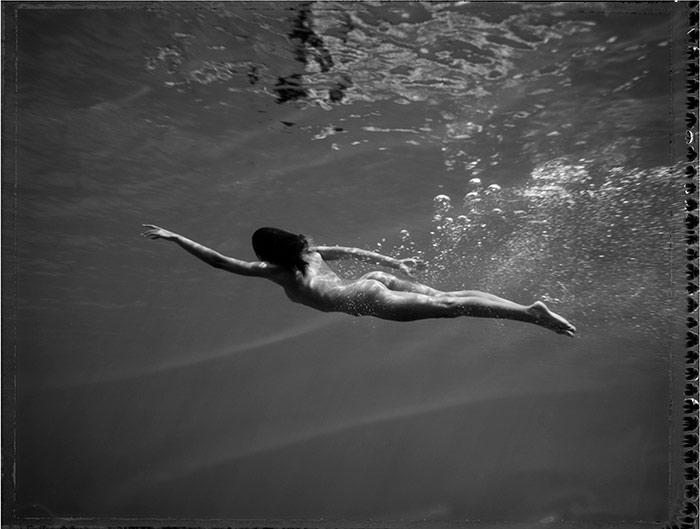


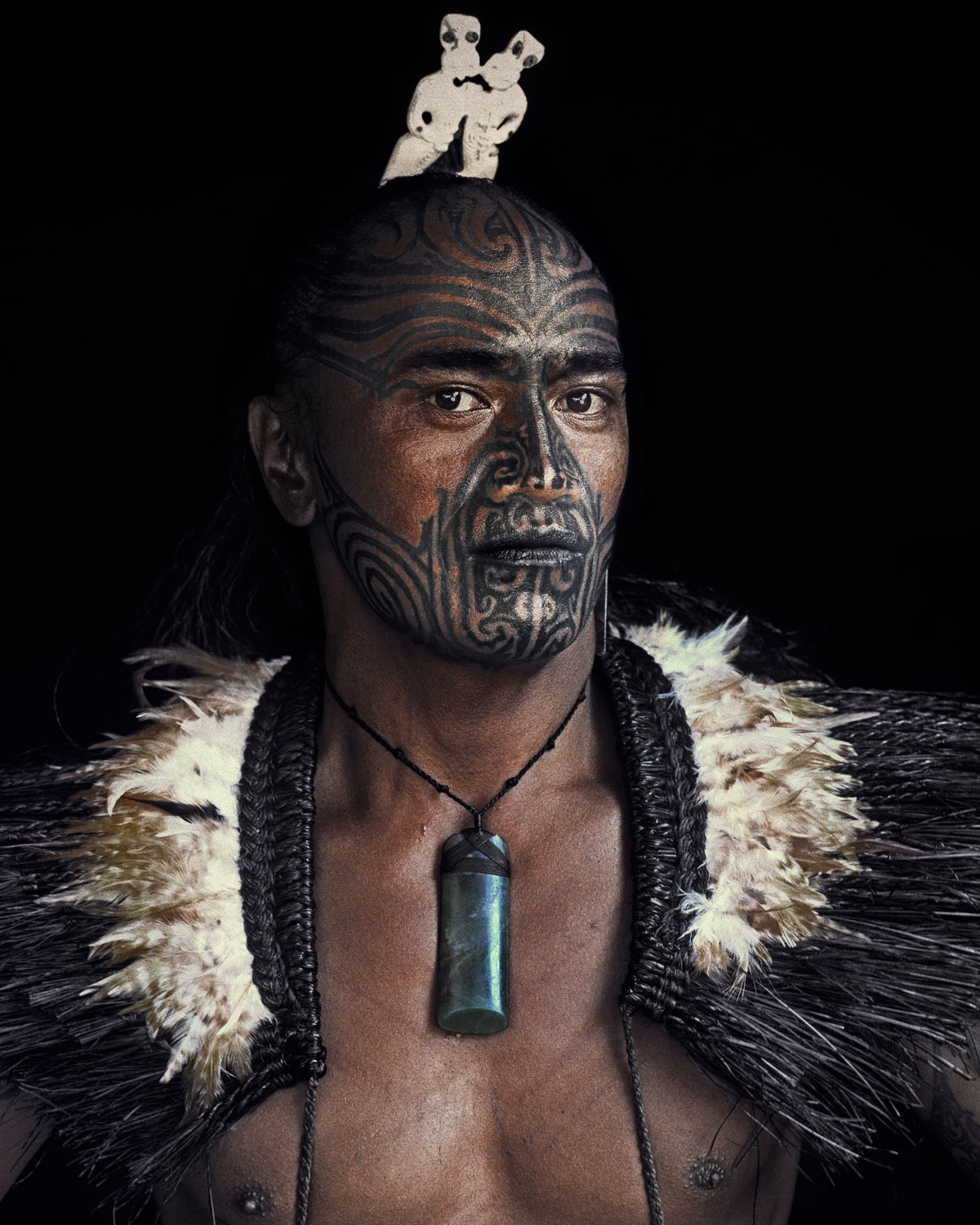









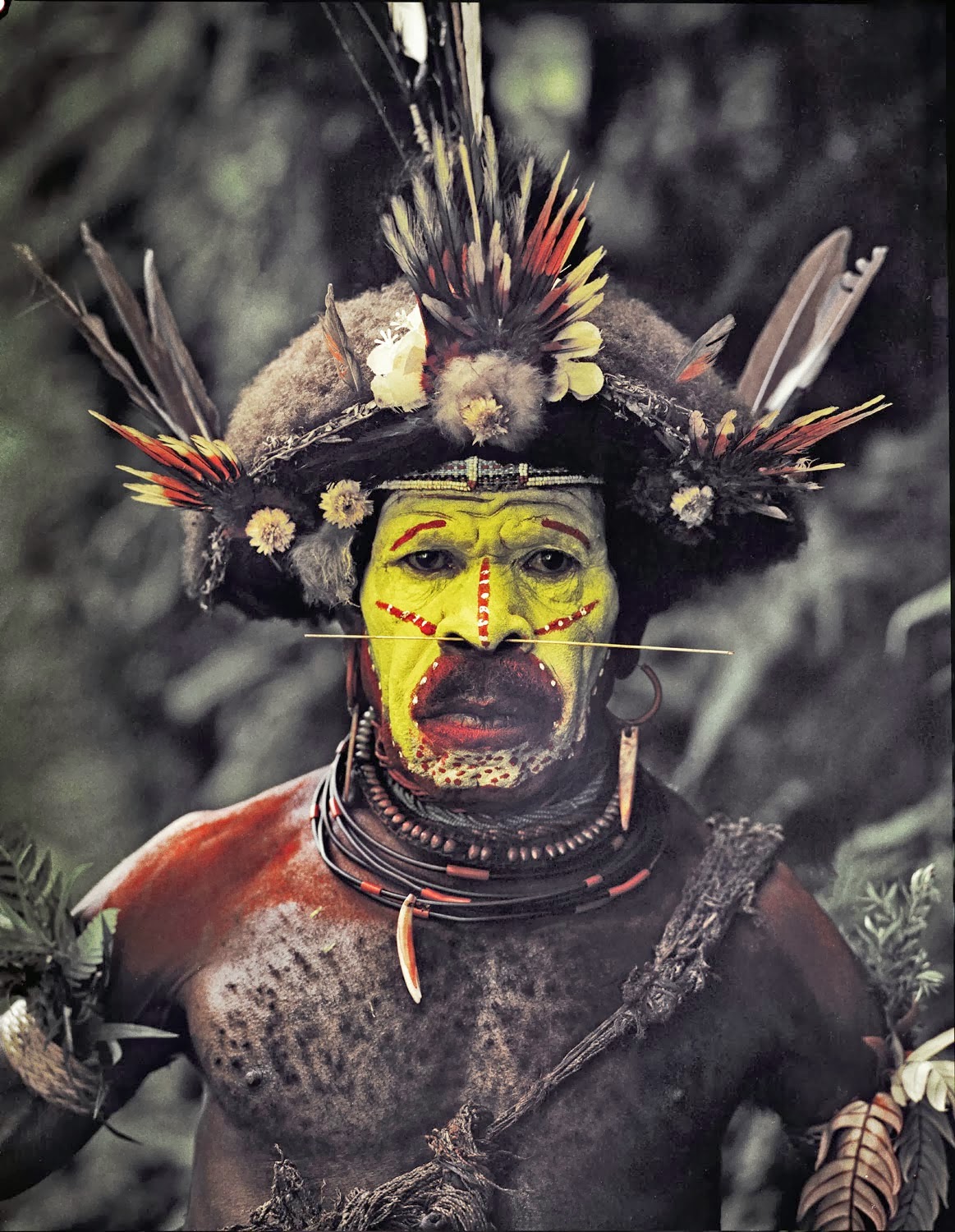



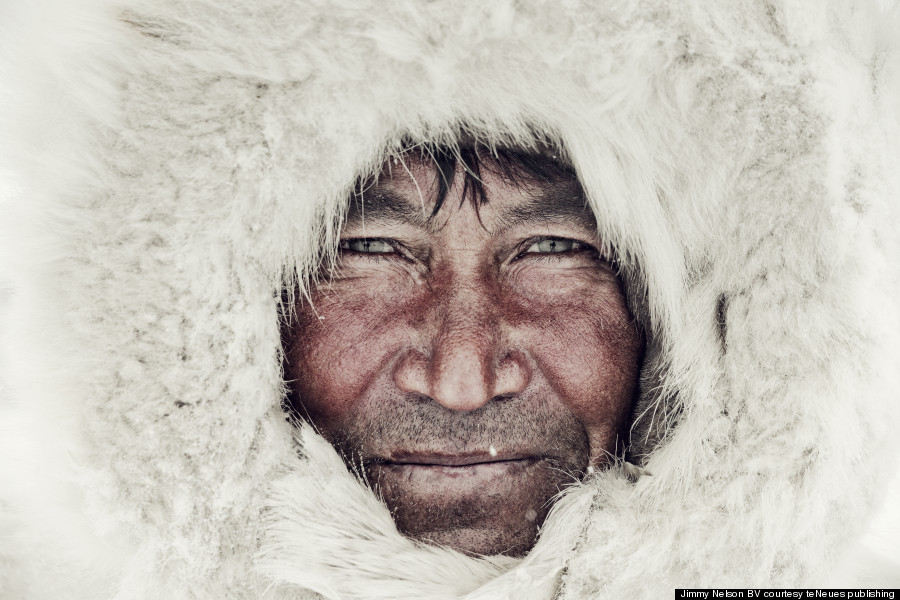









.jpg)



